Haghpat Monastery
Unesco Scientific, Educational and Cultural Organization has recognized Haghat Monastery of Armenia as a World Cultural Heritage in 1996.
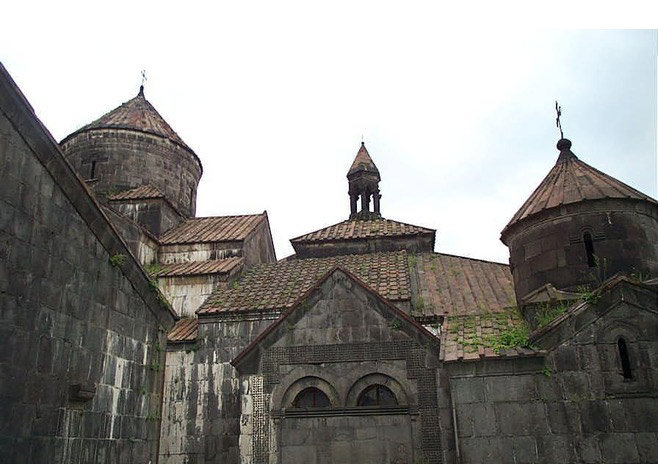
Haghpat monastery, also known in Armenian as Haghpatavank, is a medieval monastery. The monastery is located in Haghpat village in northeastern Armenia.
The monastery is a masterpiece of religious architecture and is the largest academic center in the Middle Ages. Haghat Monastery is a monastery of the Armenian Orthodox Church, which was included in the World Heritage list in 1996. According to the document, the Monastery was built by Nishan in the 10th century under dynasty King Abas I.
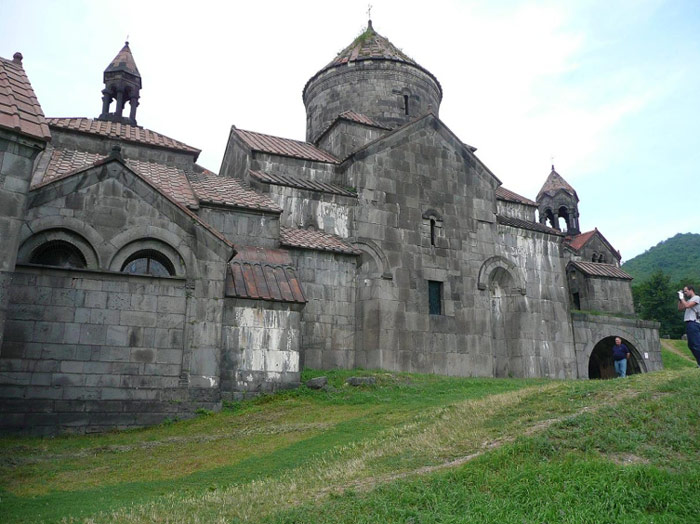
Haghat monastery is recognized as a World Cultural Heritage by Unesco in accordance with the criteria of the World Heritage Committee. Haghat is the representative representative of Armenia's religious architecture in the most prevalent period, with a unique style of blending elements of the byzatine-era architecture and the traditional local architecture of the Caucasus.
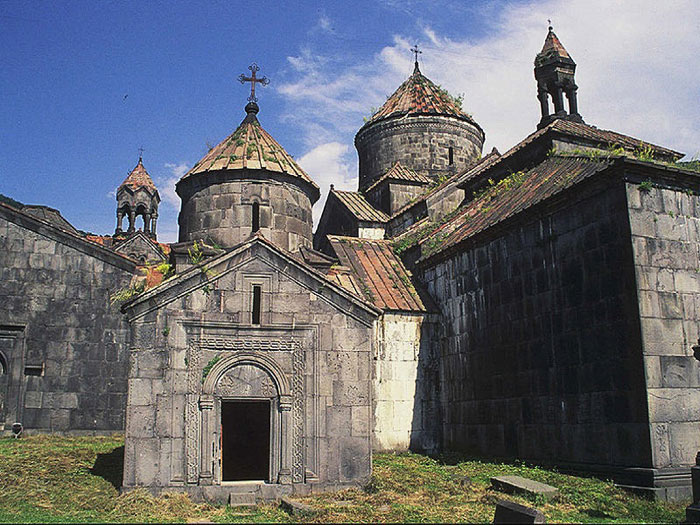
The location of Haghpat monastery is also one of the reasons why Haghpat monastery was chosen to become a World Heritage site. Because Haghat was built next to the river, looking down from the monastery will see the Pambak river in Lori region, northern Armenia. Haghat is not built on the top but built on the back of the mountain - on a protruding slate, here white clouds play around all day. The sight of the water around Haghat is very poetic with clouds covered all day, the river flows quietly right next door. Haghat monastery is not as isolated as other monasteries in Armenia but Haghpat village is right next door.
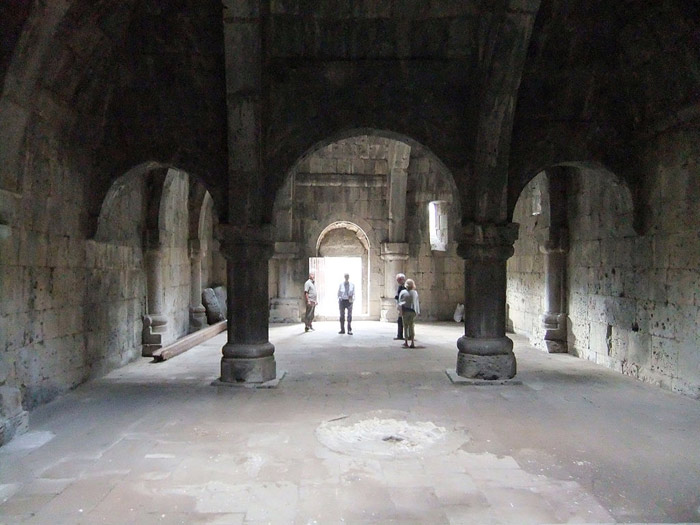
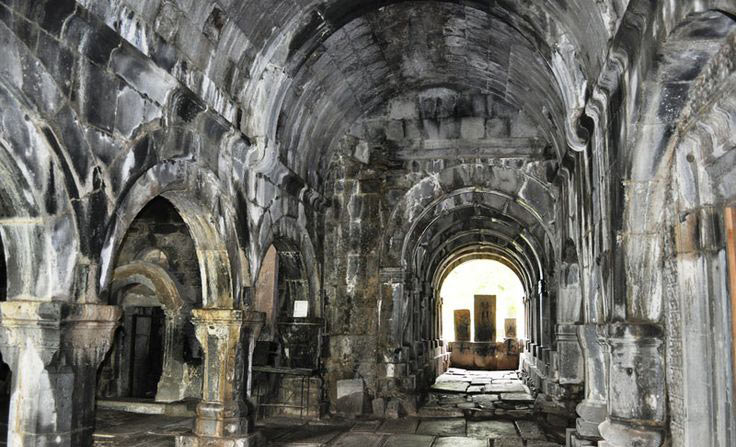
In Haghat monastery, the small church named Nishan was built earliest, starting from 966 to 967. The largest church in the main monastery is the Nishan cathedral, built from 967 to in 991. This is the model of the Armenian architecture in the 10th century. Inside the church, the dome is based on 4 majestic columns against the adjacent walls. The outer walls have concave triangles. In addition to the cathedral, there is a small domed church, built in 1005. Two adjacent chapels are built into the main church. The big road was built in the early 13th century, the smaller chapel was built in 1257.

Over the years, the Haghpat monastery has been greatly damaged, in 1130 an earthquake broke down a large part of the monastery and it was not until 50 years later that the monastery was restored. Besides many attacks by armed forces in Armenian wars have left many ruins for the monastery. By 1988, the monastery was damaged by an earthquake, but it was repaired. The Armenian government and the Church paid great attention and invested to renovate Haghat monastery, so Haghat was restored to its original state. So far, Haghat monastery is one of the most attractive attractions and welcomes the largest number of tourist visitors in Armenia .
- Tushilumpo Monastery - A marvelous architecture of Tibet
- Du spring Truc Lam Tay Thien Monastery
- Geghard Monastery and Azat Valley
- Sanahin Monastery - World Cultural Heritage in Armenia
- Monastery of Saint Catherine
- Monastery of Saint - Gall (Switzerland)
- Studenica Monastery - Yugoslavia
- Fontenay Monastery - France
- Monastery of Citeaux in Fontenay (France)
- Bagrati Cathedral and Gelati Monastery in Kutaisi
- 'City of the dead' in the Syrian desert
- Meteora monastery complex
 Suzhou classic bonsai garden - China
Suzhou classic bonsai garden - China Chau Nguyen Dynasty
Chau Nguyen Dynasty Thai Son Mountain - World Wonder
Thai Son Mountain - World Wonder Ancient villages of Shirakawa-go and Gokayama
Ancient villages of Shirakawa-go and Gokayama